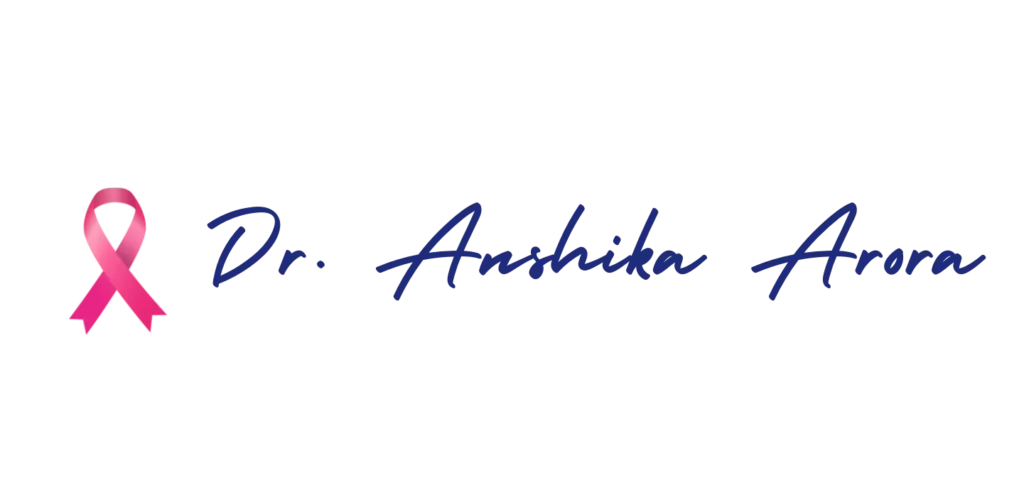What is Breast Cancer Screening?
Breast cancer screening involves a series of tests aimed at detecting cancer before symptoms appear. The main tools include mammograms, clinical breast examinations, and self breast examination (BSE).
A mammogram is a low‑dose X‑ray that detects lumps or other abnormalities in the breast, often before they can be felt. Clinical exams are performed by trained healthcare professionals, while self‑exams help women stay aware of changes in their breasts.
By combining these methods, breast cancer can be identified in its early stages—when treatment is most effective and chances of recovery are highest.
Ideal Age & Frequency for Mammograms
When should you get a mammogram?
- Women aged 40–50 (average risk): Annual mammograms are often advised.
- Women over 50: Screening can be done every 1–2 years.
- High‑risk women: If there’s a family history of breast cancer or genetic factors, screening may start as early as 30.
These guidelines may vary based on personal health history, so consulting a specialist is always recommended.
Tip: Even if you feel healthy and notice no symptoms, regular screening is essential. Breast cancer can be silent in its early stages.
Who is at Higher Risk for Breast Cancer?
Some women are at a higher risk of developing breast cancer and need to start screening earlier or undergo more frequent checks. Risk factors include:
- Family history: If your mother, sister, or close relatives had breast cancer.
- Genetic mutations: BRCA1 and BRCA2 gene mutations significantly increase risk.
- Dense breast tissue: Makes mammograms harder to interpret and may increase risk.
- Hormonal factors: Early menstruation, late menopause, or hormone therapy.
- Lifestyle factors: Obesity, lack of exercise, alcohol, and smoking.
If you fall in any of these categories, consult a specialist to plan a personalized screening schedule.
Self Breast Examination: Step by Step Guide
A self breast examination is a simple and effective tool every woman can do at home once a month. Here’s how:
- Stand in front of a mirror with your shoulders straight and hands on your hips. Look for changes in size, shape, or skin texture.
- Raise your arms and look for the same changes.
- Check for fluid discharge from nipples (watery, milky, yellow, or blood‑tinged).
- Lie down and use your right hand to feel your left breast in circular motions with varying pressure, covering the entire breast and armpit area.
- Repeat the process while standing or in the shower (wet skin makes it easier to feel changes).
If you notice lumps, pain, or discharge, consult a healthcare provider promptly.
Benefits of Early Detection in Breast Cancer
Why is screening so important?
- Improved survival rates: When detected early, breast cancer has a much higher survival rate.
- Less invasive treatment: Early‑stage cancers often require smaller surgeries or less aggressive therapies.
- Lower costs: Treating cancer at an early stage is generally less expensive than treating advanced disease.
- Better quality of life: Early detection helps avoid complications and promotes faster recovery.
Simply put, screening saves lives.
Best Way to Approach Breast Cancer Screening
To get the most out of your screening:
- Choose a trusted clinic: Look for facilities with advanced imaging technology and trained specialists.
- Be consistent: Regular mammograms and clinical exams are key.
- Combine methods: Use self‑exams along with professional screening.
- Know your risk factors: Family history, age, and lifestyle influence how often you should be screened.
Key Takeaways
- Start monthly self breast examinations in your 20s.
- Begin mammograms at 40, earlier if at high risk.
- Repeat screening every 1–2 years after 50.
- Understand mammogram cost in India and explore insurance coverage.
- Combine BSE, mammograms, and clinical exams for best results.
Final Word
Breast cancer screening is not just a medical procedure—it’s an act of self‑care. By scheduling regular check‑ups, performing self breast examinations, and staying informed about your options, you take control of your health.
Early detection dramatically improves survival rates and ensures treatment is less complicated, less expensive, and more effective.
If you haven’t had a screening yet, now is the time to make that appointment. Your health is worth it.
Frequently Asked Questions (FAQs) About Breast Cancer Screening
- At what age should I start breast cancer screening?
Most women should start regular mammograms at age 40. If you have a family history or are at high risk, your doctor may recommend starting earlier. - How often should I get a mammogram?
Women aged 40–50 are usually advised to get annual mammograms, while those over 50 can do it every 1–2 years. High‑risk women may need more frequent screening. - Is a mammogram painful?
Some women feel mild discomfort or pressure during the test, but it is usually brief and tolerable. - Can I detect breast cancer myself?
Self breast examination helps you notice changes, but it cannot replace a mammogram or clinical check. Both should be combined for best results. - Do I need a mammogram if I don’t have symptoms?
Yes. Breast cancer often shows no symptoms in its early stages, which is why screening is so important. - How long does a mammogram take?
A mammogram usually takes 15–20 minutes, and results are typically available within a few days. - Is mammography safe?
Yes. Mammograms use very low‑dose X‑rays and are considered safe. The benefits of early detection far outweigh the minimal risks. - Can young women get breast cancer?
Yes. While breast cancer is more common after 40, young women can also be affected, especially those with a family history or genetic risk. - How often should I do a self breast examination?
It’s recommended to perform a self breast examination once a month, ideally a few days after your menstrual cycle ends. - How can I reduce my breast cancer risk?
Maintaining a healthy lifestyle (balanced diet, exercise, avoiding alcohol and smoking), regular screening, and knowing your family history can help reduce your risk.


